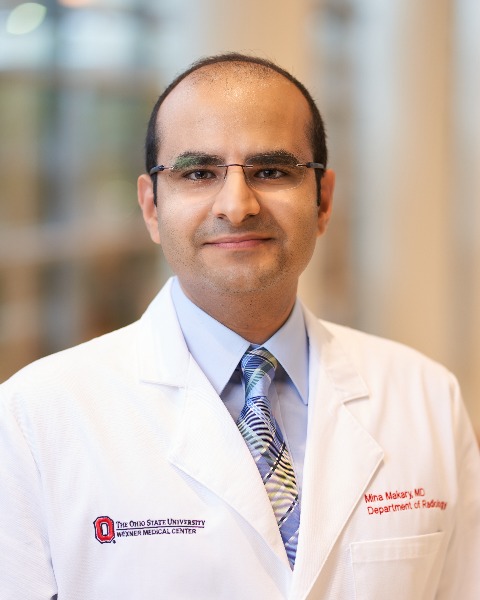Venous Interventions
Reconstruction of Upper Extremity and Thoracic Central Veins Using Dedicated Venous Stents: Deployment of 75 Stents in 46 Patients

Colvin Greenberg, BS
Medical Student
University of WashingtonDisclosure(s): No financial relationships to disclose
- DS
David S. Shin, MD
Associate Professor
University of Southern California - MA
Matthew Abad-Santos, MD
Assistant Professor
University of Washington - EM
Eric Monroe, MD (he/him/his)
Professor
University of Wisconsin 
Christopher R. Ingraham, MD
Associate Professor
University of Washington- SV
Sandeep Vaidya, MBBS
Assistant Professor
University of Washington 
Frederic Bertino, MD
Clinical Assistant Professor; Director of Pediatric Interventional Radiology
Department of Radiology at NYU Grossman School of Medicine- EJ
Evan Johnson, MD
Assistant Professor
University of Washington 
Mina S. Makary, MD (he/him/his)
Interventional Radiologist
The Ohio State University Wexner Medical Center
Jeffrey Forris Beecham Chick, MD, MPH
Professor of Clinical Radiology
Keck School of Medicine of University of Southern California
Poster Presenter(s)
Author/Co-author(s)
Materials and Methods: Forty-six patients (24 females and 22 males; mean age 52.8 ± 15.5 years) underwent reconstruction of the upper extremity and thoracic central veins using dedicated venous stents from 10/17/2019 to 08/15/2022. All patients presented with swelling, 21 with pain, three with dysphagia, and one with dyspnea. Stent placement parameters (type, location, diameter, length), technical success (stent deployment resulting in patent in-line flow), adverse events, clinical success (resolution of presenting symptoms), and revision parameters were recorded.
Results:
Seventy-five stents were deployed during 52 procedures. Venous stents used included 43 Abre, 21 Venovo, seven Vici, and four Zilver Vena. Reconstructed veins included: superior vena cava (SVC)-to-bilateral brachiocephalic veins (BCVs) (n=12), unilateral BCV (n=12), SVC-to-unilateral BCV (n=9), SVC only (n=8), SVC-to-unilateral subclavian vein (SCV) (n=6), and unilateral BCV-to-SCV (n=5). Overall mean stent diameter was 13.7 ± 2.0-mm. Mean stent diameters of Abre, Venovo, Vici, and Zilver Vena were 13.2 ± 1.8-mm, 15.2 ± 1.8-mm, 12.3 ± 0.8-mm, and 14 ± 0-mm, respectively. Technical success was achieved in all procedures. One Venovo stent malexpansion occurred which responded to angioplasty. One patient experienced an access site hematoma at the left brachial vein which resolved without intervention. Clinical success was achieved in all patients. No stent fractures or migrations occurred. Six patients required stent revisions at mean of 124.3 ± 82.1 days after the initial procedures.
Conclusion: The use of dedicated venous stents in the upper extremity and thoracic central veins yielded excellent technical and clinical success rates without immediate adverse events.

.jpg)
.png)
.png)
.jpg)
.png)
.jpg)
.png)
.png)
.png)